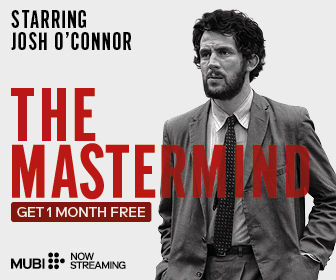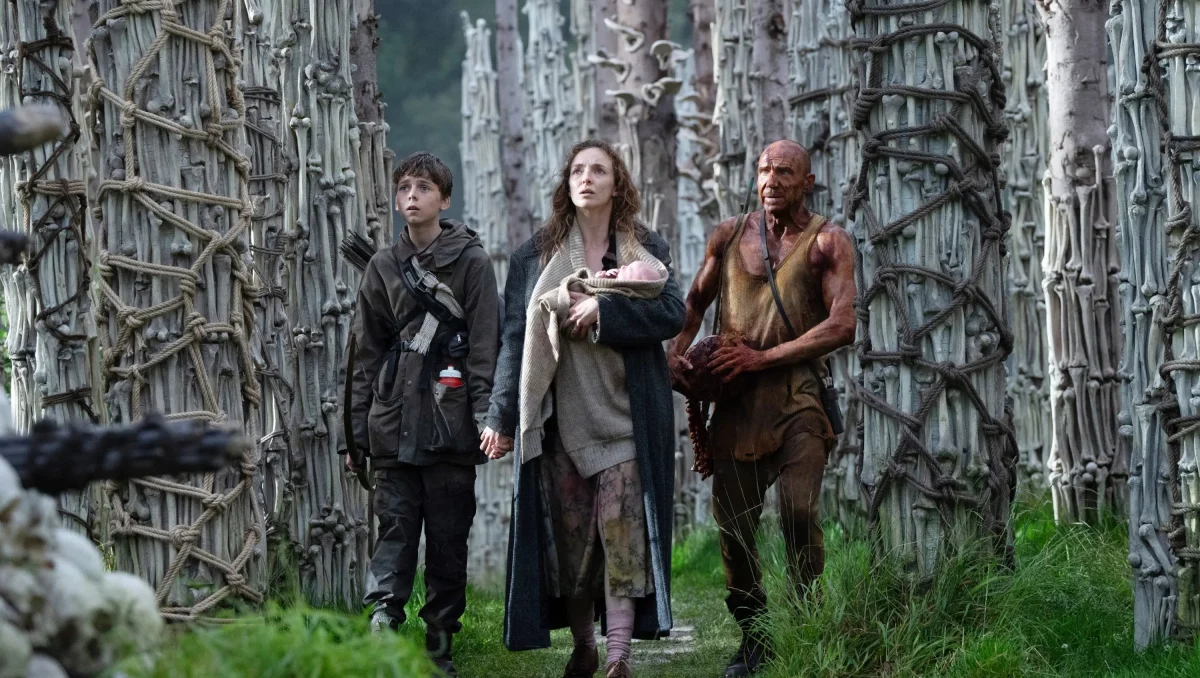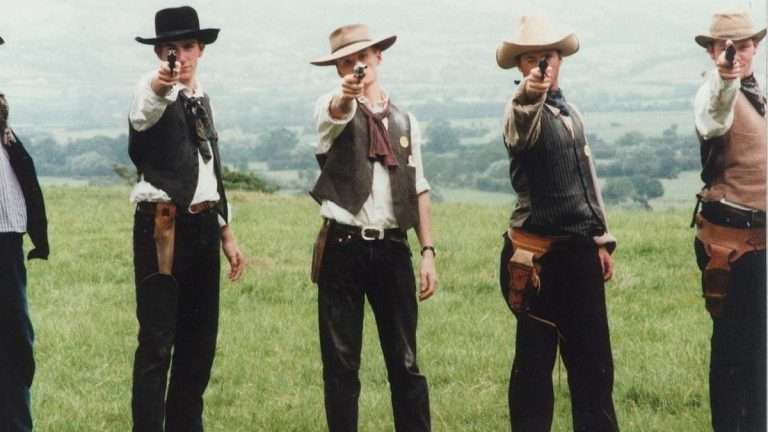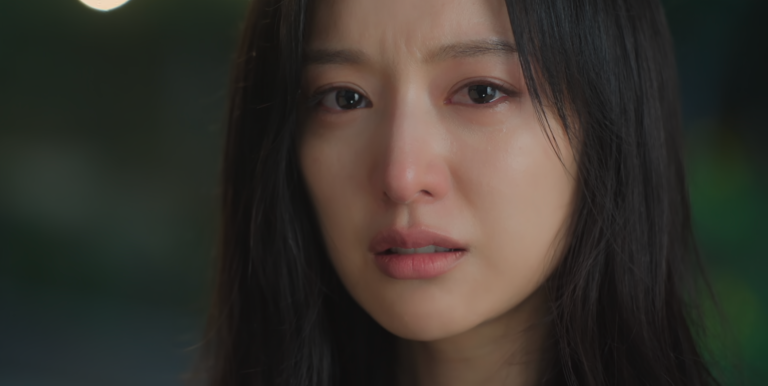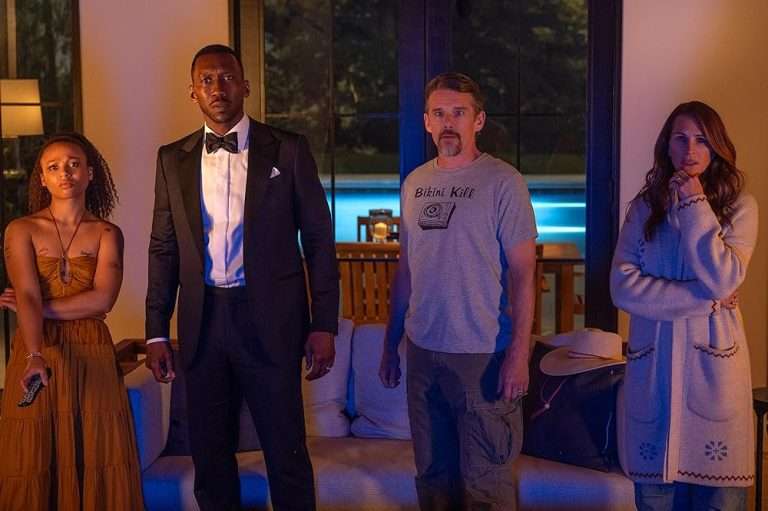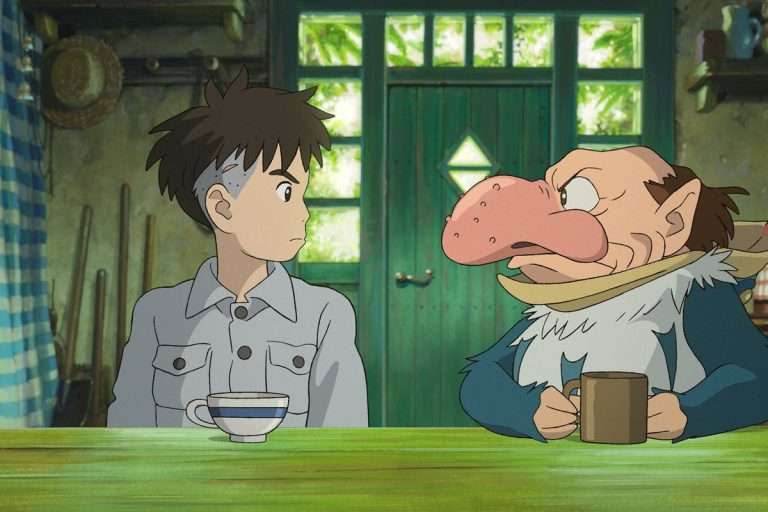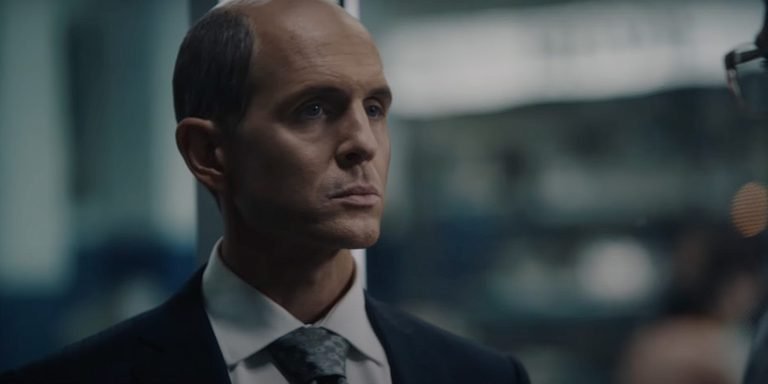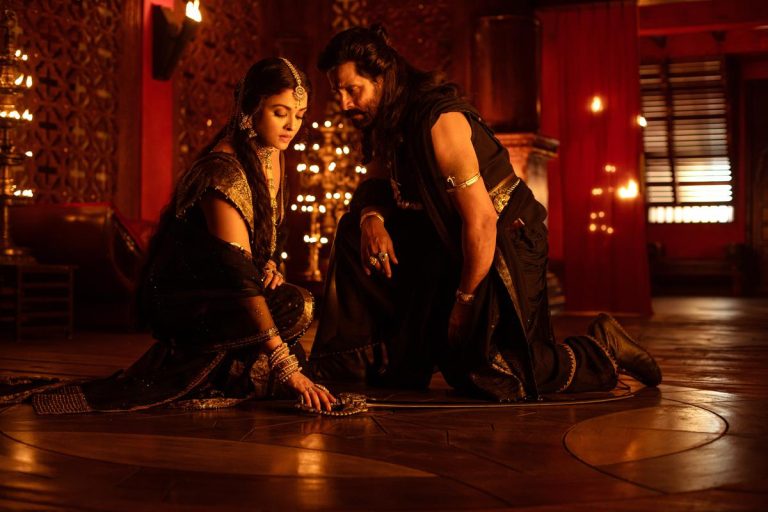It’s a truism to simply say that zombie films are about ideology. Whether capitalist, communist, populist, or nationalist, the viral pathogens that incite mass bloodshed and rob critical thought from cinema’s infected masses are now all too conspicuous stand-ins for the rhetoric, doctrines, and propaganda that infect real minds and inspire real violence. Another tired assumption often made about these films is that the zombies represent somebody else, not us, but usually our ideological opponents, the demographic most antagonistic or unpalatable to the broadest swathe of the target audience. This is not just untrue, but ignores the most fascinating social function of the genre.
At their most potent, zombie films act like antibodies—targeting the ideological infections within their own audiences, forcing viewers to confront their blind conformity, suppressed rage, and the dehumanization of marginalized groups. But as “28 Years Later” demonstrates, it’s frequently not only the zombie characters that reflect these qualities.
Alex Garland and Danny Boyle’s latest collaboration is perhaps the most compelling zombie film since the “28” franchise began, and one of the boldest, thematically and visually, since Romero’s “Night of the Living Dead.” The ideology in its crosshairs? Nationalism – in particular, the nationalistic nostalgia that seeks to legitimise violence against ethnic minorities with recourse to a glorious, homogeneous, and utterly imagined past. This is the nostalgia that was weaponised in the Brexit and MAGA campaigns, and constitutes one of the global far right’s most dangerous and trusted tools.
“28 Years Later” examines this phenomenon in its English context by allowing its characters to both enact the fantasy of returning to an idyllic past and confront the nightmarish consequences. Consider the proliferation of symbols from the English imaginary: the longbow, giants, close-knit, racially homogenous villages, castles, huge herds of deer roaming picturesque woodland. This is the idealised past that English nationalists have glorified to the point where all contact with reality is lost.
This nationalist fantasy is written all over every inch of the island bulwark that the villagers inhabit. Known variously as Lindisfarne and Holy Island, the setting carries a political charge. The celebrated monastery it once supported was among the first sites of Viking invasion in Britain. Norse prows on Lindisfarne’s horizon heralded the dawn of an embattled era that mirrors that brought about by the Rage Virus, but also render it a touchstone for a fundamental (and fictional) notion of “pure” Britishness that might have preceded invasion.
And judging by the Holy Island community depicted in “28 Years Later,” you could be forgiven for thinking the Vikings had never arrived. The island inhabitants are exclusively white, their village is pristine and pre-technological, and labour seems to be largely divided along gendered lines. This is an outward manifestation of isolationist fantasy that fuelled the Brexit vote.
But none of it is to be trusted. The film’s eerie archive montages are chopped up, distorted, and overlayed with grainy, indecipherable voiceovers to evoke not simply the decay of national memory, but something closer to a schizoid hallucination, the dream of a past that never was. If Holy Island represents Britain in the nationalist imaginary of the far right, then the mainland that swarms with zombies is – you guessed it – the foreign territory of the Other, from where the perceived threat of immigration originates.
This is made abundantly clear by the prominent placing of non-white zombies throughout, whose skin is further darkened by its coating in blood. The island fantasy is maintained and necessitated by the spectres of the racist imaginary, with the sea acting like a fragile binary that separates white England from the Other.
Of course, the film’s recreation of the racist imaginary is not an endorsement, but a polemic. The fear inspired by the Othered zombies is repeatedly problematised by the islanders’ barbarism. Spike and Jamie initially travel to the mainland to complete a rite of passage in which teenagers ‘hunt’ zombies in what amounts to unprovoked killing sprees. The tradition is usually completed by thirteen- or fourteen-year-old boys, and is clearly designed to mark their entrance into manhood. This suggests that the islanders’ concept of maturity revolves around enacting violence on an Othered group.
For what? There is no concerted effort to eradicate the entire infected population. Instead, the act of killing functions as an ideological expression of blame and hatred that perpetuates and inculcates a racist hierarchy. The numerous point-of-view shots that evoke first-person shooter video games serve both to situate and implicate the spectator within this spectacle of bloodthirsty recreation. Is this carnage so very different from the massacre of similarly Othered and dehumanised combatants in games like Call of Duty? Who, after all, are the real zombies?
Against these odds, the film holds out hope for the dissolution of hatred. In the character of Dr. Ian Kelson, we are presented with a last bastion of truth and humanity, clearly set up to rival the nationalist lie inherent in Holy Island.
Not only does the kind and articulate Kelson coexist with the zombies on the mainland, but he respects their humanity by refusing to kill them and even granting them names. He builds an enormous monument from the skulls of the dead in which all differences between humans and zombies are eradicated, destabilising the binary between the two. The doctor calls this monument a ‘memento mori’, or a reminder that one must die. His selfless labour also serves as a reminder of the importance of compassion in the face of overwhelming and shared vulnerability.

